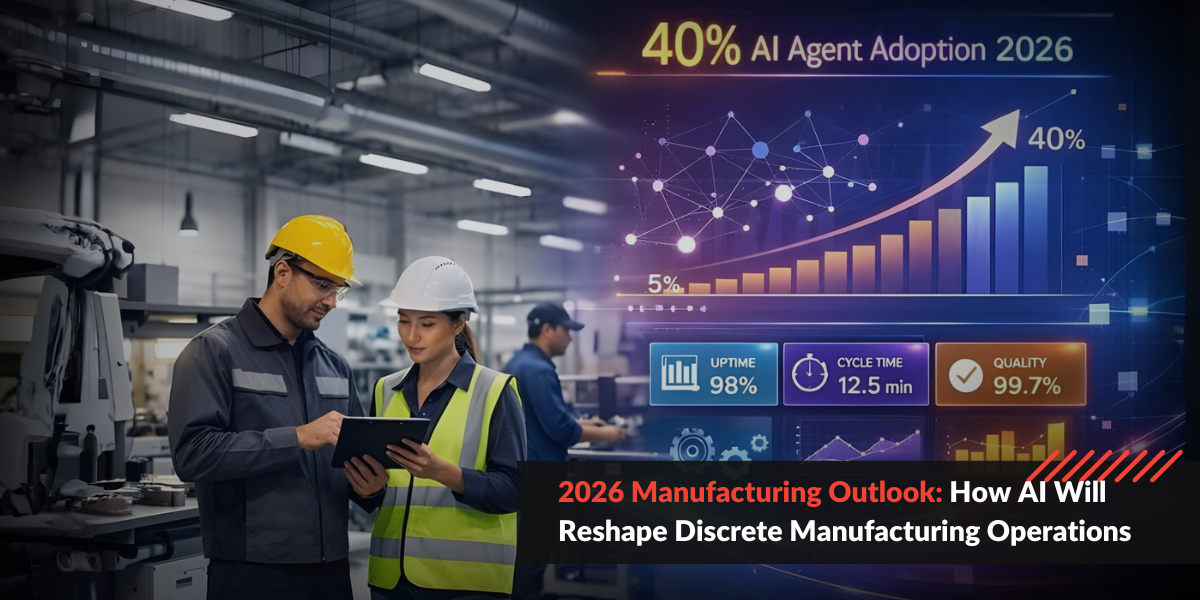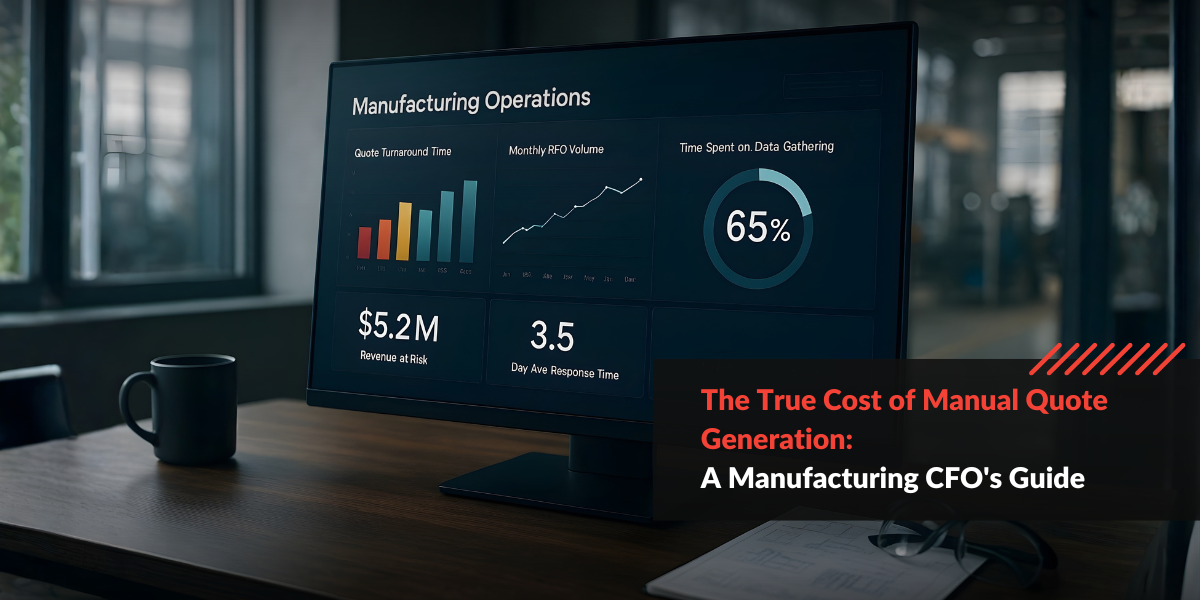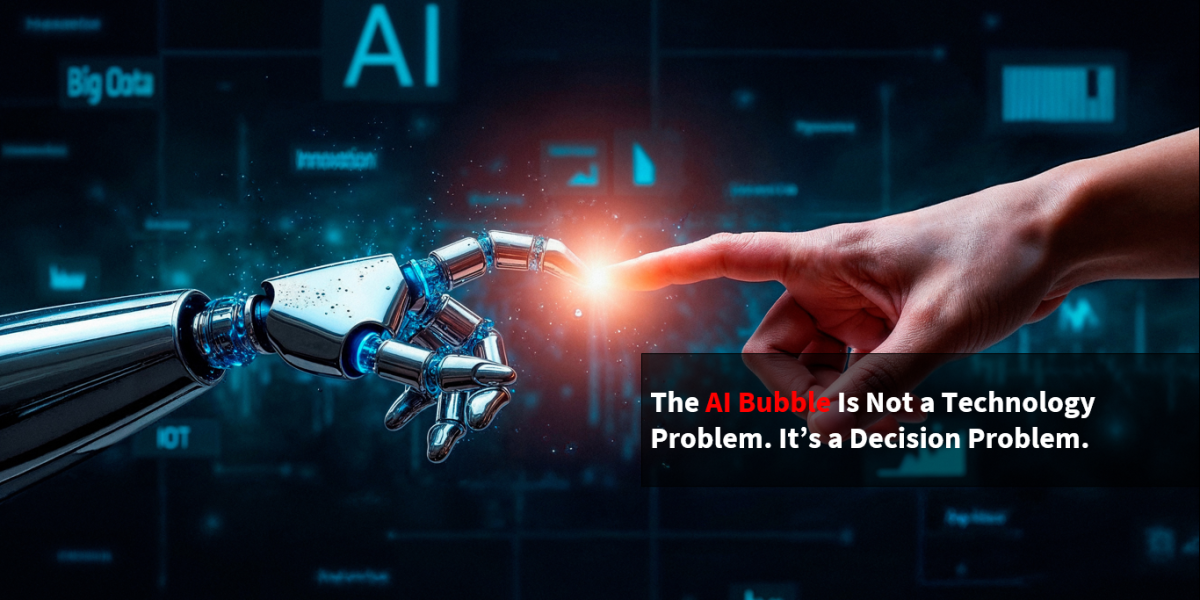Every business is keeping an eye out for the next technological development that will help them get ahead of the competition. So, it’s no surprise that all eyes are on AI and machine learning. Let’s take a look past the hype and examine the types of AI and Machine Learning that can be put to practical use to deliver value for businesses.
Machine Learning
Machine learning entails building AI-powered applications that can function without human intervention after initial training with large data sets. Chatbots, Siri, spam filters and self-driving cars are just a few examples of machine learning at work. Many businesses are looking to leverage big data to drive smarter decision-making and predictions, and this is precisely what machine learning can do. It can be used for classification problems such as customer segmentation and recognizing text and objects in images and video. It is also useful for prediction; for instance, making a forecast of customer behavior based on historical data or even generating a stroke in CorelDRAW based on your attempts to draw the right stroke. Algorithms such as support vector machines, k-means clustering and regressions power machine learning.
The availability of affordable cloud computing with machine-learning services is making it easier for businesses to implement this technology. In order to use machine learning effectively, you must choose the right algorithm for the problem at hand.
Neural Networks
Neural networks, which are a type of machine-learning system, have changed the face of Artificial Intelligence (AI). They are built on a network of interconnected nodes that perform well at tasks that involve pattern recognition. These nodes are organized in fixed layers that the data flows through. They learn to perform tasks by training with large sets of data provided specifically for training. They might perform tasks related to image recognition or translating text from one language to another. However, after training, even the designers of the neural networks do not know all the data elements that they process for their tasks. Neural networks are used for Siri’s speech recognition, Tesla’s autopilot and fraud detection for credit cards to name a few use cases.
Deep Learning
Deep learning is a subset of machine learning that makes use of deep neural networks which are neural networks with several layers that learn in many steps. Like humans, the technology learns from examples. It learns how to perform classification tasks straight from text, sounds, or images, and training requires large data sets. They achieve very high levels of accuracy surpassing humans. Recently, Google’s deep learning program beat a master Go player which is no mean feat. Deep learning is being used in a spectrum of industries such as devices that automatically detect cancer cells, automated driving and automated hearing and speech translation.
If you don’t want a pre-built API, there are many tools you can use to build your own machine learning system. R and Python scripts as well as Spark and Hadoop for predictive analytics are just a few. When it comes to infrastructure, using cloud-based machine learning services can be an affordable and effective choice. There are even open source deep learning toolkits available such as Theano and Caffe. Microsoft Cognitive Toolkit and Google’s TensorFlow allow the use of multiple servers for building more powerful systems.
Pitfalls of machine learning
New challenges are part of the package with new advances in technology, and machine learning is no exception. The black box problem of machine learning is that its users often do not know how it arrives at its conclusions. When machine learning is used by healthcare organizations and for financial decisions that affect many individuals, this becomes an issue. With regard to the law, there is much debate over requiring algorithmic transparency so that organizations can explain how their machine learning application arrived at certain conclusions. An unexpected issue with machine learning is that during training it can easily pick up human bias. A technological breakthrough is not much an advance if outdated human bias and prejudices seep into these systems as algorithmic bias.
Machine learning is not a magic wand that can be waved to solve any business problem. It is an extremely useful tool that can be used for classification such as customer segmentation, chatbots to drive demand and provide customer service, and predictions across a range of industries. To get the best results, you may need to combine multiple machine learning algorithms. At the moment and in the near future, machine learning will support people and require their guidance.
Our next-gen, AI-powered content intelligence platform RAPFlow in tandem with our RPA solution RAPBot, provides end-to-end workflow automation capabilities that can be deployed in just a week. Please book a demo to explore how RAPFlow and RAPBot can transform your business.





